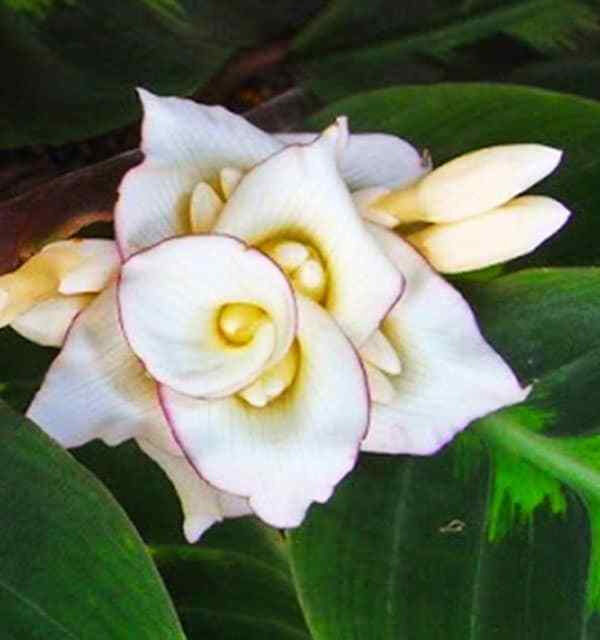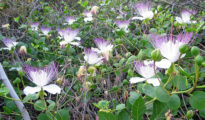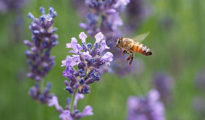Marosa is a genus of plants in the family Apocynaceae. It is native to tropical regions of South America, and some species are used in traditional medicine and as ornamental plants. They are known for their bright and colorful flowers and they are easy to grow in warm climate zones. They are generally tropical evergreen shrubs, trees or climbers, with milky sap. Some species have medicinal properties.
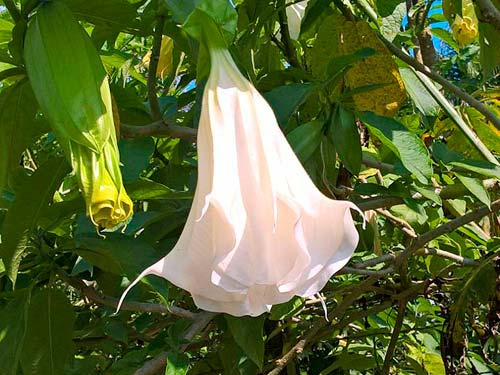
What is a Marosa Plant?
The Marosa plant is known for its bright and colorful flowers. Many species of Marosa are used as ornamental plants due to their showy flowers which come in a variety of colors such as pink, red, yellow and white. They are also known for their milky sap and evergreen foliage. Some species of Marosa have medicinal properties and have traditionally been used to treat a variety of ailments in South America. They are also known for being easy to grow in warm climate zones and can be grown as shrubs, trees or climbers.
How to Grow the Marosa Plant
Marosa plants are relatively easy to grow, however, they do require certain conditions to thrive. Here are some general guidelines for growing Marosa:
- Light: Marosa plants prefer bright, indirect light. They can tolerate some direct sunlight, but it's best to keep them out of the hot afternoon sun.
- Temperature: Marosa plants are tropical plants, so they require warm temperatures. They should be kept in a location where the temperature doesn't fall below 55°F (13°C).
- Soil: Marosa plants prefer well-drained, fertile soil. A mix of equal parts peat moss, perlite, and coarse sand works well.
- Watering: Marosa plants should be kept consistently moist but not waterlogged. They prefer high humidity, so regular misting is recommended.
- Fertilizer: Marosa plants benefit from regular fertilization. Use a balanced, water-soluble fertilizer every two weeks during the growing season.
- Pruning: Prune regularly to shape and control the size of the plant.
- Propagation: Marosa plants can be propagated by cuttings. Take 4-6 inch stem cuttings in the summer and root them in a mixture of peat moss and perlite.
Note: Marosa plants are considered toxic if ingested, take care to keep it away from children and pets. Keep in mind that these are general guidelines, and the specific care requirements may vary depending on the species of Marosa you're growing.
Medicinal Properties of the Marosa Plant
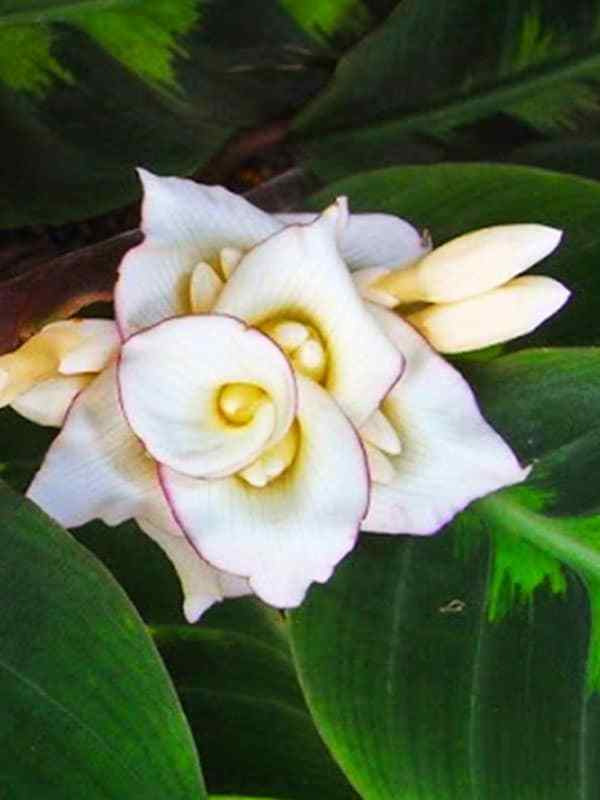
Some species of Marosa have been traditionally used for medicinal purposes in South America. The plants contain various chemical compounds such as alkaloids, flavonoids, tannins, and saponins, which may have medicinal properties.
- The root of the plant is used to treat stomach problems, diarrhea and as a laxative.
- The plant is also used as an anti-inflammatory, and to treat rheumatism and other forms of arthritis.
- Some people use it to treat fever and as a pain reliever.
- The plant has also been used to treat snakebites and other venomous stings.
- The plant is also used to treat anemia, and to improve circulation.
- Some studies also suggest that certain compounds found in the plant have antimicrobial properties.
It's important to note that while some species of Marosa have been used traditionally for medicinal purposes, more scientific research is needed to confirm their safety and efficacy. Marosa plants are considered toxic if ingested, so it's essential to consult a healthcare professional before using it as a medicine.
The History of the Marosa Plant
Marosa is a plant that is native to South America and has been used for centuries by indigenous peoples for medicinal and spiritual purposes.
The plant belongs to the cacti family and it's commonly known as “Marosa” or “Peyote Cactus”. Its use in traditional medicine has been reported by different indigenous groups such as the Huichol, Wixarika, and Cora people of Mexico, and the Quechua people of Peru.
The plant contains a number of psychoactive compounds, including mescaline, which is believed to be responsible for its mind-altering effects. Historically, it has been used in shamanic rituals and ceremonies, and is still considered sacred by many indigenous communities.
It is also worth mentioning that the use of the Marosa cactus is illegal in some countries, as it is considered a controlled substance due to its psychoactive properties. In others, the traditional use is still allowed for religious purposes.
Is the Marosa Plant Harmful?
The Marosa plant contains psychoactive compounds that can have mind-altering effects, and as such, its use can be associated with certain risks.
Ingesting large amounts of the plant can lead to hallucinations, confusion, and even paranoia. It can also cause nausea and vomiting, and in rare cases, it can lead to a condition called “bad trip” which is characterized by intense fear, anxiety, and panic.
Long-term use of the plant can lead to physical and psychological dependence, and can cause damage to the liver and other organs.
It is also important to note that the plant can cause allergic reactions in some people, and should be used with caution by individuals who have a history of allergies or other medical conditions.
It is important to talk to a healthcare professional before using the Marosa plant for any purpose, and to use it under the supervision of a qualified practitioner if using it for spiritual or medicinal purposes.

